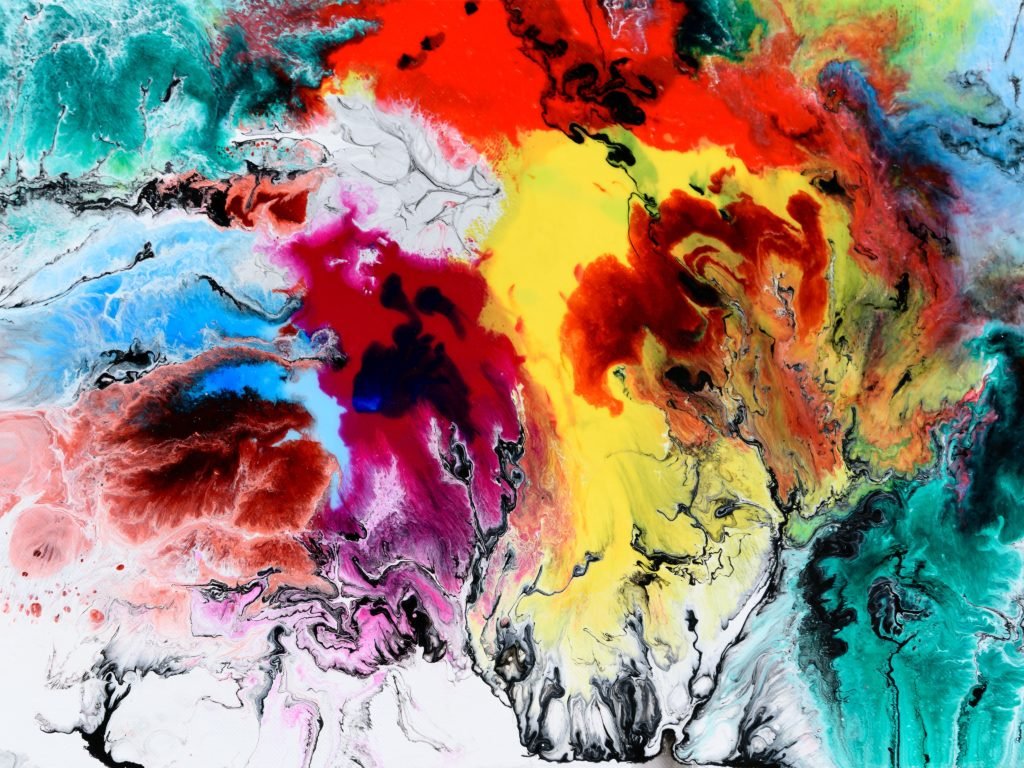INDIAN AESTHETICS: FINDING BEAUTY IN EMOTION AND EXPERIENCE
We live in a world that’s always rushing constant
notifications, work deadlines, and everything in between. But if you pause for
a moment and look around, there’s beauty everywhere, waiting to be felt. That’s
where Indian aesthetics comes in. It’s not just about how something looks it’s
about how it makes you feel.
Indian aesthetics is like that moment when you hear
your favorite song on a random afternoon and suddenly everything seems
brighter, or when you read a line of poetry that stays with you for days. It's
all about how art whether it's music, poetry, or a painting stirs something
deep inside.
The Magic of Rasa: Feeling Art, Not Just
Seeing It
Ever had a moment where a piece of art maybe a song or
a movie hit you right in the feels? That’s Rasa, the heart of Indian
aesthetics. It’s the idea that art is meant to evoke emotion. And not just any
emotion, but the kind that sticks with you, changes you, even if only for a
little while.
There are nine core emotions, or Rasas, that
Indian art focuses on: love, joy, sadness, anger, bravery, fear, disgust,
wonder, and tranquillity. It’s a bit like the emotional rollercoaster of
watching a great romantic movie or reading a classic novel. Think of the
butterflies you get in your stomach during a love scene (Shrungara), or
the peaceful calm after a beautiful sunset (shanta). That’s Rasa doing
its work, helping us connect more deeply with the art and with ourselves.
Dhvani: The Unspoken Words Between the
Lines
Indian poetry has a way of speaking to you without
shouting. It’s all about suggestion—letting the reader find their own meaning
in the words. Have you ever read something and felt like the meaning was deeper
than what was on the page? That’s Dhvani.
Think about a subtle glance in a romantic moment,
where nothing is said but everything is understood. That’s what Indian poetry
does it lets you fill in the blanks, making the experience personal and
intimate. It’s like that feeling when a song lyric hits you differently
depending on what’s going on in your life. That’s the power of suggestion.
The Romantic Vibe: Why It’s Still Relevant
If you’ve ever fallen in love with the beauty of
nature, or lost yourself in daydreams, you already understand the essence of
Romanticism. Artists from the Romantic period think Keats or Wordsworth were
all about the emotions stirred by nature, love, and personal experiences. They
didn’t just describe what they sawthey captured how it felt.
Indian aesthetics has a similar vibe. It’s not just
about the details, but about the emotional journey. Much like how Romantic
poets found beauty in everyday experiences, Indian aesthetics asks us to feel
the world around us, to slow down and appreciate the little things the way
sunlight filters through trees, the calm after a rainstorm, or the warmth of
someone’s smile.
Why It Matters in Today’s World
In today’s world, we’re always on the go, constantly
consuming content but rarely taking the time to feel it. Indian aesthetics
invites us to step back and savor the moment. It’s a reminder that beauty isn’t
just something you see; it’s something you feel.
Maybe that’s why it’s so timeless. Whether it’s an
ancient Indian poem or a song you just discovered on Spotify, the emotions they
evoke the Rasa remind us that life is about more than just what’s on the
surface. It’s about the experiences that shape us, the feelings that make us
human, and the art that helps us understand it all.
So, the next time you listen to a song that makes your
heart flutter or read a line of poetry that feels like it was written just for
you, remember you’re experiencing a piece of Indian aesthetics. You’re not just
witnessing beauty; you’re feeling it.

Comments
Post a Comment